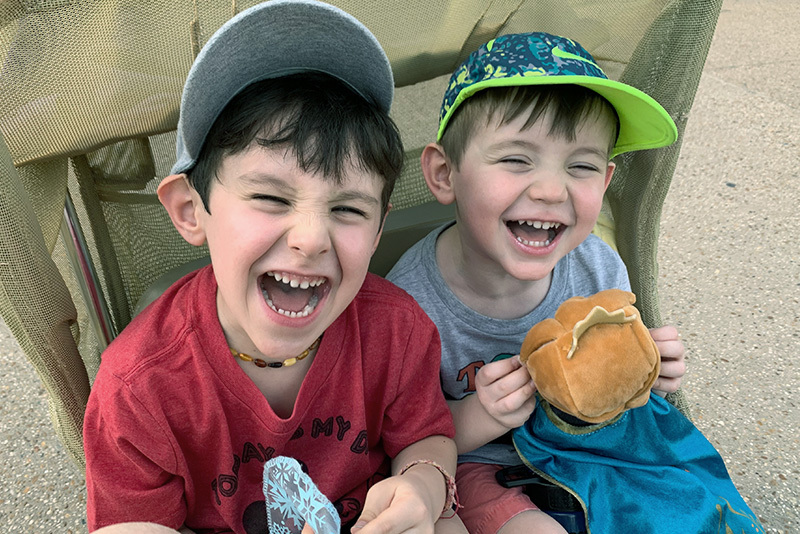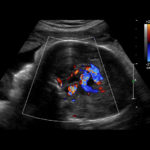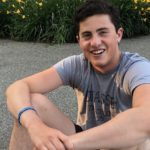Treating a ‘unicorn’: Norman’s incredible journey with vein of Galen malformation

Norman Flores is near the top of his class at his Montessori preschool. He can recognize a Tesla just from the car’s symbol. And he’s picked up an extensive vocabulary from his parents, Sarah and Erick, and older brother, Edward.
When Sarah and Erick share these accomplishments, they’re not just being proud parents — they’re marveling at the fact that just four years ago, it wasn’t clear that Norman would even survive past birth. A third trimester ultrasound that Sarah approached as just a perk from her insurance company revealed something unexpected: “I could see that he had a big blob on his brain,” she remembers. “I just knew something was wrong.”

Searching for answers about VOGM
Later, the Flores family learned that Norman had a vein of Galen malformation (VOGM), as well as an enlarged heart. A VOGM is a rare and potentially life-threatening type of blood vessel abnormality inside the brain. In a VOGM, misshapen arteries in the brain connect directly with veins, instead of connecting with capillaries, leading to a rush of high-pressure blood into the veins and a host of potential complications.
“Our local children’s hospital in Iowa is wonderful, but they had seen very few cases of VOGM,” says Erick. “When we asked our physicians where we should go, they weren’t sure.” A flurry of research by Erick, Sarah, and her two brothers — both physicians — led to one clear choice. “The one name that kept coming up was Dr. Darren Orbach,” says Sarah.
Facing a hard truth
A whirlwind of activity followed as the family rushed against the clock to get to Dr. Orbach, co-director of the Cerebrovascular Surgery and Interventions Center at Boston Children’s Hospital before Norman was born. Their first stop was the hospital’s Maternal Fetal Care Center, where they came to terms with the hard truth: Even with surgery, there was a strong chance that Norman might not make it. Indeed, soon after he was born at nearby Brigham and Women’s Hospital, he declined rapidly and was rushed to Boston Children’s for surgery.
Yet when faced with the decision to donate her newborn’s organs if necessary, Sarah felt empowered. “I thought about all the kids like Norman who didn’t make it, and how they had paved the way for him,” she explains. “We knew that even if Norman didn’t move forward in life, he would be moving forward in a different way.”

Surviving — and thriving
Although it hasn’t always been a smooth journey, Norman didn’t just survive the first procedure Dr. Orbach performed that day to address his VOGM. He went on to have a total of four procedures over his first 6 weeks after birth, which consisted of catheter-based endovascular treatments. After ups and downs — including heart failure and the need for a feeding tube — Norman, now almost 5 years old, is finally thriving. So far, there have been no signs of mental or physical delays from the malformation or the surgery.
There’s still much Norman and his family don’t know about his future, including whether he’ll need additional procedures. But they feel confident that if he does, he’ll be in the right place. “We’ve always said that if you have a regular horse with a regular horse problem, you go to a regular horse doctor,” says Erick. “But if you have a unicorn, you need a unicorn doctor. For us, Norman is that unicorn — and Dr. Orbach is that doctor.”
Learn more about the Cerebrovascular Surgery and Interventions Center.
Related Posts :
-

Fetal treatment for vein of Galen malformations
Vein of Galen malformations (VOGMs) are rare, life-threatening vascular malformations that often cause heart failure in neonates. The preferred postnatal ...
-

Pinpointing Karlijn’s seizures: Neurosurgery helps teen get back to her life
Karlijn Kuiper was visiting her home country of the Netherlands a few years ago when the trouble began. At first, ...
-

What it’s like to have brain surgery: Peyton’s story
During the summer before my junior year of high school, I started getting a lot of dull headaches at the ...
-

Freak accident leads to Dylan’s passion for neurosurgery
It was the summer of 2019. Dylan Keusch had just graduated from prep school and was planning to major in Industrial ...





